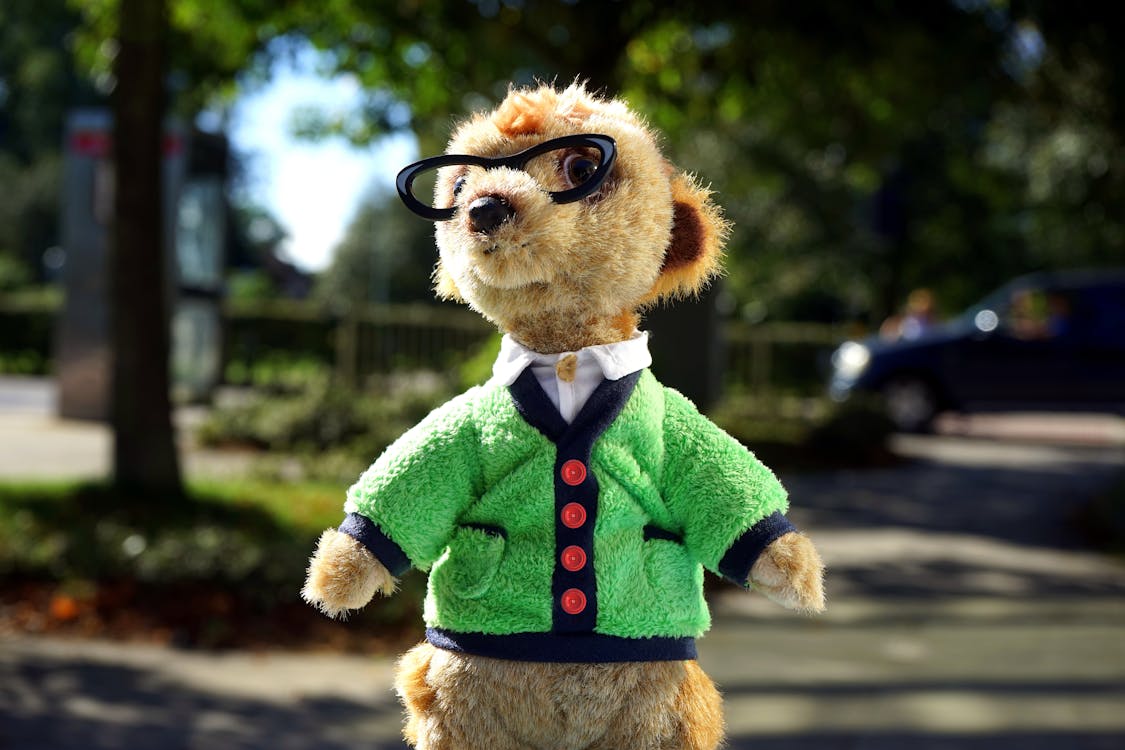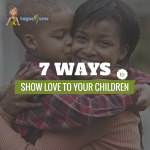In an ideal situation, you are likely to end up with kids that have a way with dogs, and a dog that loves kids. Unfortunately, situations are rarely ideal, which is why, as a dog owner you will need to manage interactions between your dog and your kids. It may sound like a lot of work, but, with the right kind of mind frame, you will be able to effectively teach your child, and train your dog to be cordial with one another.

Your steps have to be deliberate. This is because children and dogs alike are purely instinctive. Kids tend to tug and pull at anything within reach, and dogs tend to become defensive when they feel threatened. This is where you come in. Dogs tend to be naturally apprehensive, your role as a dog owner is to ensure that the relationship between your dog and the children it meets is safe and controlled.
If you have a small dog, then having the best dry dog food for small dogs may help ease the process. That said, here are some key tips that will ensure your dog and kids build a lasting relationship.
Establish Rules
Children can be pretty rowdy, which is why, in addition to teaching them how to handle dogs carefully, you should also establish a list of rules to govern how your kids behave around your family dog. Ensure they know that tugging your dog’s tail or yanking it around isn’t acceptable. Some dogs are naturally obedient, and even with the most gruesome abuse, they tend to persevere. Be vocal about areas that you designate as your dog’s happy place, and ensure your children know when it’s off-limits.
Supervise Interactions
It may not be such a great idea to let your dog run wild and free around the house, especially if you have a child. The dog may have a natural affinity for kids, but the vigour it runs around with may topple the child over and cause injury. You need to control the environment, train your dog to be gentle around your child, and teach your child not to pull or tug at your dog’s tail so it doesn’t accidentally lash out. Managing the interactions between your child and dog is the simplest and most effective way to ensure both sides develop a sense of mutual respect.
Socialize your dog
This part is crucial, so pay close attention. You cannot control the world around you any more than you can control the weather. That said, it is important to give your dog varied experiences to ensure it gets as much exposure to different stimuli as possible. This is why, as a dog owner, you are requested to naturalize your dog to different types of child behaviour. New places, people, sounds, even lights.
The more your dog associates child interactions with a positive consequence, the more comfortable it will be around them.
Children can be a little overzealous at times, and a dog that hasn’t been desensitized may snap at the first sign of provocative behaviour. This is why dog training is crucial.
Teach Your Kids!
As impulsive as untrained dogs can be, you have to understand that dogs are still instinctive creatures, and even the best trained can at some point blow a lid. Kids are adorable, but they can be little terrorists if left unchecked. This is why as much as you concentrate on desensitizing your dog, you should also teach your kids to respect your dog and not provoke it unnecessarily.
Various training techniques like clicker training or “be a tree” are a great place to start, this teaches kids to identify when the dog is uncomfortable with the interaction, and stop immediately.
Don’t Force Interactions
This is a gradual process, so trying to force either your child or dog into a relationship will have the opposite effect. Try and socialize your dog gradually, especially if it is apprehensive of children. Show it that your kids are harmless, and let it ease into acceptance. Most dog breeds are very receptive, so you can slowly show them how to act around your kids without having to make your kids pet it by force.
Body Language Awareness
Dogs give out cues when they are uncomfortable, or when they are not particularly enjoying the interaction. The half white moon eyes, the shake-off, trying to leave, all these are indications that your dog isn’t enjoying the interaction. Teach your kids how to identify these cues, as well as other indications that the dog has had enough. Dogs don’t inherently want attention, and sometimes it is crucial to know when to leave them be.
Bottom Line
As a dog owner, you have the responsibility of ensuring your dog is trained efficiently on how to interact with all the children it meets, not just your own.



